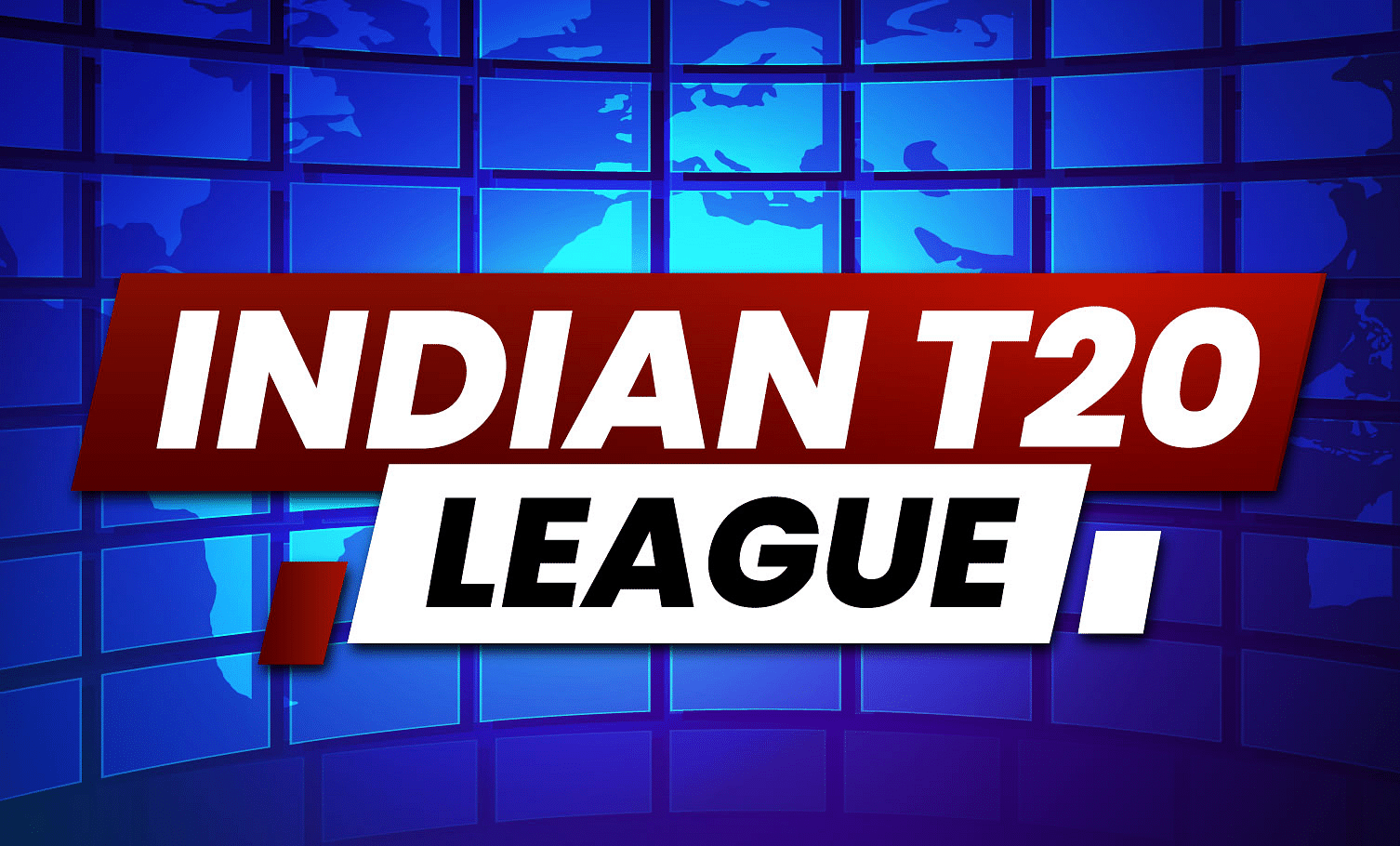Ind T20 League set to bring Smart Replay System for accurate and quick reviews

Ind T20 League introduces Smart Replay System for accurate and rapid reviews
The Ind T20 League is set to introduce the Smart Replay System for increased accuracy and rapid decision making this season.
It has been learned that under the Smart Replay System, the TV umpire will directly receive inputs from two Hawk-Eye operators who will be positioned in the same room as the umpire and give him the images taken by eight of Hawk Eye’s hi speed cameras across the ground.
The TV broadcast director, who until now acted as the channel between the third umpire and Hawk-Eye operators, will no longer be required.
It is believed that the Smart Replay System will allow the TV umpire to refer to more visual evidence than he earlier had access to, including the split-screen images. For instance for an overhead catch taken mid-air at the boundary rope by the fielder. Till now the broadcaster has failed to provide a split screen of the fielder’s feet and hands at the accurate moment when the ball has been caught. However, under the new system umpire can see a split screen which will help him to know when the ball has been caught or released along with synchronised footage of when the foot has touched the rope or not.
Likewise, a split screen can now show, in the event of an overthrow that touches the boundary cushions, if the batter had crossed or not when the fielder released the ball. The Hawk-Eye operators can now provide the TV umpire with pictures of just the exact instance when the throw was released alongside batters’ position at that very moment. In the past the TV umpire did not receive such distinctive visuals majorly due to the broadcaster, utilising the broadcast cameras and resources, could not join the two images.
Eight Hawk-cameras will be operational at every match; two on either side of the ground on the straight boundaries and two on each side at the square leg. Until last season, Hawk-Eye cameras were primarily used for ball tracking and Ultra Edge. So, apart from checks for edges and lbws, the broadcaster for a larger part used footage via their own cameras for any on-field referrals for run outs, overthrows, stumpings and catches.
For Stumping referral, the TV umpire will ask the Hawk-Eye operators to show him the split screen. If there is a clear gap between bat and ball, he will not request for the Ultra Edge and instead straightaway proceed to the side-on review to confirm if the bat has landed in the nick of time or not. Umpire will only refer to Ultra Edge if there is no visible gap between the bat or ball, or struggles to read a deflection of the ball off the bat/pad.
The New System will show the TV umpire tri-vision for stumping. So, tri-vision is basically footage from both side-on and front-on cameras in a single frame. The front-on camera angle is quite important as it gives a precise picture of bails being dislodged. Earlier the broadcaster would refer to the side-on angle from either side along with the Stump cam footage. The problem with Symp Cam records the action at a lowly speed of nearly 50 frames per second, as compared to the Hawk-Eye cameras which record at almost 300 frames per second which will lead to better and accurate footage for the umpires to make their decision on.
The Smart Review System can also provide a better clarity in the event of a catch grabbed inches off the turf. Such decisions/calls have ignited controversies/debacles in the past, with replays suggesting that the decision was based seemingly not conclusive.
In this case as per the old system: the TV umpire would have requested the TV director to provide him with the best possible angle to get clarity on whether the ball touched the turf before the fielder captured it or if the fingers were clearly under the ball. Usually the TV umpire would demand zoomed-in visuals, but still not always get the definitive proof.
Now, Hawk-Eye will come into play under the Smart Review System. It will show a single frame directly with the images from the front-on and side-on angles. The TV umpire can subsequently elect to zoom in from a specific angle.
It is also understood that the talks between the TV umpire and the Hawk-Eye are likely to be aired live, helping viewers understand the thought put in behind the decisions.
Speed of play is crucial in T20 cricket, and the Smart Review System strives to skip unnecessary steps to come to the right decision in as little time as possible. LBW reviews are a good example of this. The rule so far includes the TV umpire being initially provided with the Spin Vision, which is via camera that is put in front of the wickets outside the boundary on either side of the pitch. In the event of the ball being close to the bat, the TV umpire would ask for Ultra Edge. Once satisfied with no bat involvement, he would then check the ball tracking. Now, keep in mind that within the Smart Review System, if the Hawk Eye operator spots that the ball had pitched outside leg, he will immediately tell the TV umpire and they will then set up ball tracking.
The ECB trialled a similar referral system in the Hundred in recent times.
The Indian Cricket Board conducted a two-day workshop on the new system in Mumbai on Sunday and Monday with selected umpires. It is reported that about 15 umpires, both Indian and overseas, will operate with the Smart Replay System during the Ind T20 League 2024 which commences from March 22.
CRICKET NEWS
























